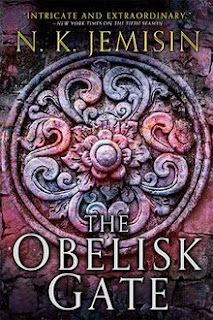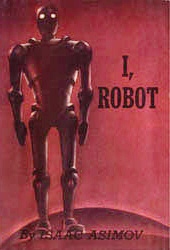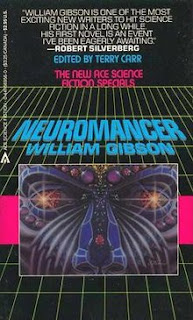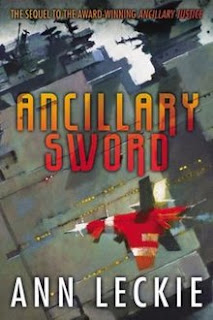This initialise patch is good for most Moog like synths without presets.
Works for the Mini-Moog Model D too.
I'm using a SE-02 (my preset 101)
It's a basic single oscillator saw tooth patch.
Sounds like this:
AND
Starting from left to right.
Glide = 0
Osc 1
Range = 16'
Tune = 0
Waveform = saw (ramp up)
Osc 2
Range = 16'
Tune = 0
Waveform = saw
Osc 3
Range = 16'
Tune = 0
Waveform = saw
XMod = all zero
Mixer for Osc 1 = 10
Mixer for Osc 2 = 0
Mixer for Osc 3 = 0
Feedback & noise = 0
Filter
Cutoff = 2 - 4 (open)
Emphasis = 0
Contour = 0
attack =0, decay = 0, sustain = 10
Amp
attack =0, decay = 0, sustain = 10
--------------------------------------------------------------------------------------------------------
Moog synths are famous for their "fattness".
It's hard to put a finger on it.
I think its all about the Ladder Filter & the Oscillators.... not individually,
but in combination. (and it's not just 2 detuned oscillators).
Other synths have these too, but there is something special about a Moog synth.
The SE 02, though not from Moog, sounds pretty darn close.
To make a fat Bass sound (My preset 102):
Glide = 0
Osc 1
Range = 32'
Tune = 0
Waveform = saw (ramp up)
Osc 2
Range = 32'
Tune = 0
Waveform = saw
Osc 3
Range = 32'
Tune = 0
Waveform = Pulse (25%)
XMod = all zero
Mixer for Osc 1 = 10
Mixer for Osc 2 = 8
Mixer for Osc 3 = 3 - 9 ( I like 5)
Feedback = add just a little (3)
Raise the main volume up to make the feedback more prominent.
noise = 1 to 2 (just add a little noise)
Filter
Cutoff = 0 - 3 (open)
Emphasis = 0 - 3
Contour = 5
(increase if you want more "snap" in the attack)
attack = 0 to 10ms , decay = 0 to 250 ms , sustain = 5 - 10
Amp
attack =0, decay = 600ms , sustain =8
Sounds like this:
Works for the Mini-Moog Model D too.
I'm using a SE-02 (my preset 101)
It's a basic single oscillator saw tooth patch.
Sounds like this:
AND
Starting from left to right.
Glide = 0
Osc 1
Range = 16'
Tune = 0
Waveform = saw (ramp up)
Osc 2
Range = 16'
Tune = 0
Waveform = saw
Osc 3
Range = 16'
Tune = 0
Waveform = saw
XMod = all zero
Mixer for Osc 1 = 10
Mixer for Osc 2 = 0
Mixer for Osc 3 = 0
Feedback & noise = 0
Filter
Cutoff = 2 - 4 (open)
Emphasis = 0
Contour = 0
attack =0, decay = 0, sustain = 10
Amp
attack =0, decay = 0, sustain = 10
--------------------------------------------------------------------------------------------------------
Moog synths are famous for their "fattness".
It's hard to put a finger on it.
I think its all about the Ladder Filter & the Oscillators.... not individually,
but in combination. (and it's not just 2 detuned oscillators).
Other synths have these too, but there is something special about a Moog synth.
The SE 02, though not from Moog, sounds pretty darn close.
To make a fat Bass sound (My preset 102):
Glide = 0
Osc 1
Range = 32'
Tune = 0
Waveform = saw (ramp up)
Osc 2
Range = 32'
Tune = 0
Waveform = saw
Osc 3
Range = 32'
Tune = 0
Waveform = Pulse (25%)
XMod = all zero
Mixer for Osc 1 = 10
Mixer for Osc 2 = 8
Mixer for Osc 3 = 3 - 9 ( I like 5)
Feedback = add just a little (3)
Raise the main volume up to make the feedback more prominent.
noise = 1 to 2 (just add a little noise)
Filter
Cutoff = 0 - 3 (open)
Emphasis = 0 - 3
Contour = 5
(increase if you want more "snap" in the attack)
attack = 0 to 10ms , decay = 0 to 250 ms , sustain = 5 - 10
Amp
attack =0, decay = 600ms , sustain =8
Sounds like this:



















 ..
..






















 ..
..






























































 ...
...



































































































 ..
..











